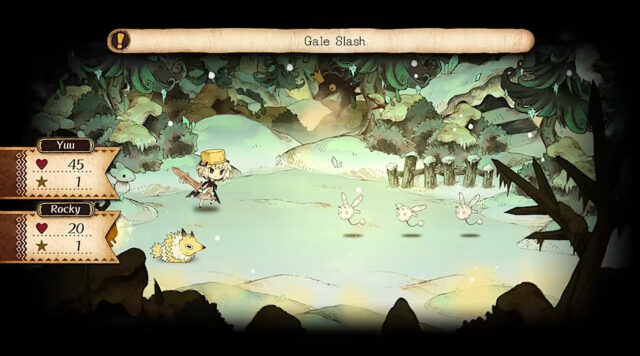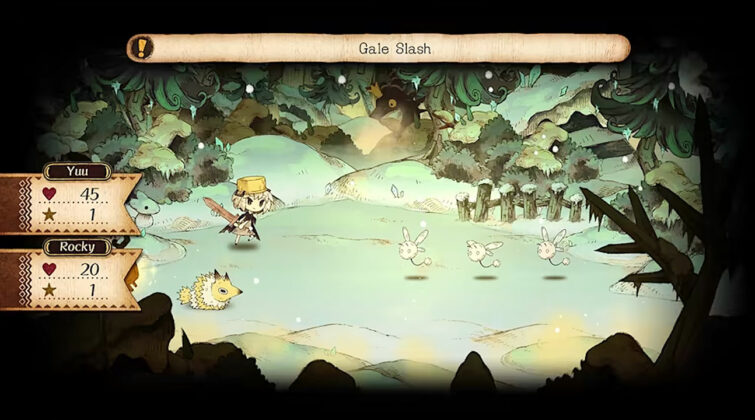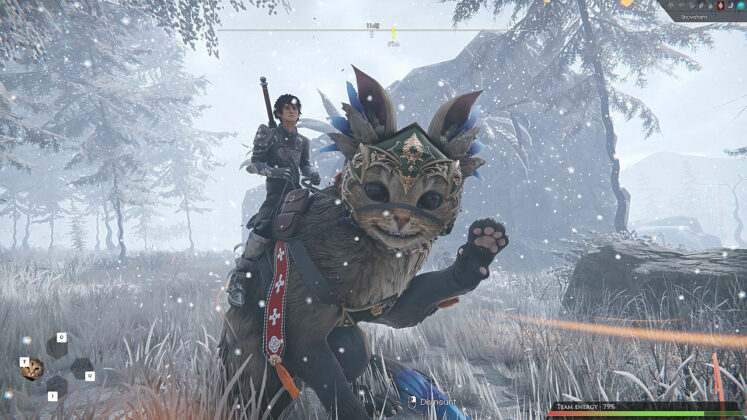Video Game Review
The Cruel King and the Great Hero
Nintendo Switch
Edge of Eternity
Sony PlayStation 5
Assassin’s Creed Valhalla: Dawn of Ragnarok
PS5
NIPPON Ichi Software’s The Cruel King and the Great Hero is an interesting title that casual observers may not expect much of, but winds up packing a punch all the same. With a plot and visuals that beckon to a quaint children’s fairy tale, the Nintendo Switch game piques your interest at the start and then keeps you immersed to the finish with confident storytelling and unique role-playing game mechanics.
In The Cruel King and the Great Hero, you get to be Yuu, a girl who has to take up the mantle of her father and become a difference-maker in her own right. By teaming up with little creatures and beating up monsters, Yuu slowly adapts to the role of heroine, learning new abilities, finding new allies, and overcoming trial after trial in her journey to follow in her father’s footsteps.
The general gameplay of The Cruel King and the Great Hero is pretty much what you’d expect. It’s not really a game that tries to push the envelope and generate new boundaries, and it can even feel a little uninspired at times as a result. You can have your basic attacks to strike at your opponents, but you also have the ability to use energy for stronger moves that deal more damage. The companions you can get do spice up combat, though, as they bring singular abilities to modify how you play. Meanwhile, the boss fights, while not really difficult, are entertaining and engrossing. It’s all in all your standard Japanese RPG fare, complete with equipment you gather to be upgraded, and even fights you can grind to ensure you’re always at a comfortable and competitive level when you progress. You also have main quests and side quests to embark on, and the rewards you reap from these can prove helpful on your journey, even if they do trod the beaten path.
The Cruel King and the Great Hero has a story that may not possess the wow factor at the outset, but the way it’s told stands out, and, in the final analysis, is what really matters. The narration and the art combine to make a charming world for you to enjoy. It’s almost like a children’s story come true, with a surprising amount of depth going to the various locations and characters you’ll meet. It’s an acquired taste that, once you pick up, manifests itself as a superb fit for what the game wants to accomplish.
Where The Cruel King and the Great Hero really separates itself is in how it looks and feels. It’s not often that you find a game like this, one that relishes in the innocence of its setting. Its art style boasts of a sense of beauty that harks back to a more innocent time of childlike dreams and fancy. The little touches that go into it, the cute spritework, the heartwarming themes of following in your parent’s footsteps — these are all captured eloquently in the writing and how the story unfolds.
The Cruel King and the Great Hero does not have a long-winded narrative, and the battles won’t tax your patience. Depending on how you pace yourself, you may well see the ending 15 hours in. Even still, the story is able to move along properly and with consistency, not really feeling like it’s going too slow or too fast, always giving you just enough to look forward to the next plot point.
Which, in a nutshell, is the best way to look at The Cruel King and the Great Hero. It’s not going to have the insane playtime, or ridiculous stat grind, of, say, a Disgaea release. It won’t have Phantom Brave’s flexibility, or the exaggerated happy-go-lucky silly humor that other NIS titles usually churn out. What it does have is character. It’s propelled by a story that tugs at the heartstrings, a fairly simple and yet captivating tale of a child reaching out to shine. It may not be the best RPG game you’ll play this year, but it will stick with you because of what it’s able to offer.
THE GOOD:
• Cute, stylized art
•Straightforward, fun battles and exploration
• Consistent pace
THE BAD:
• Relatively short for an RPG release
• An acquired taste
RATING: 8.5/10
POSTSCRIPT: From the name of the developer’s studio, to the story, to the gameplay, and to the plot beats that Edge of Eternity takes, it’s clear that the game wears its inspirations on its shoulders. With timed actions to play with, skills to use, magic to cast, elemental damage and tile movements to keep in mind, and a slew of other mechanics to remember, it might not present many new ideas, but it certainly tries to take the best parts the JRPG genre can offer, and mix them together in an enjoyable blend.
In Edge of Eternity, you take control of the soldier Daryon, on his way to defend his home from alien invaders. After receiving news that his mother is infected by the “corrosion,” an alien virus that turns living beings into part-machine entities, he is compelled to desert his post and help his sister find a cure. In the process, he gets to face off against terrible monsters, meet new companions on his journey, and find a way to stave off the alien attack and save his homeland and his mother.
Edge of Eternity is a textbook story of a hero come to life, and while it does have a lengthy tutorial at the start, the forced preamble feels justified due to the way it does its combat. There’s a lot of navigating menus and learning features that you have to understand and do, and while part of it may be second nature to veteran JRPG fans, some of it may come as a surprise just due to how much developer Midgar Studio has stuffed into the game.
Edge of Eternity provides you with an open world to explore. There are plenty of NPCs to talk to, and the world in general feels lived in, with expansive places to travel to and be immersed in — from seemingly simple towns to sleek and mysterious alien environments. The enemies you encounter range from giant insects and oozes to robots and xenomorph-like beings. It’s a fantastic range of visual diversity to lose yourself in, and it’s all displayed in wonderful colors, evoking not just a world overrun by monsters and foes, but also a new, rich world to lose yourself in. Enemies lurk around every corner, and the battles you face are pretty satisfying because of the mechanics.
A large part of this is really due to the tactical nature of combat in Edge of Eternity. You can move your characters around on hexagonal grids, and you’ll be making use of good position to really get the best out of your abilities. Sometimes, you even get to use the landscape against them, triggering attacks that target its weaknesses, or triggering a backstab to deal major damage. And with the nature of the bonuses and maluses you encounter, you always feel rewarded for using these mechanics against your enemies.
However, while these are all pluses, there is a catch. Edge of Eternity took a while to be made, relying on Steam’s early access to really springboard much of its development before its final release on the personal computer, and eventually on the Sony PlayStation 4 and PS5. The retail version reflects the development process, as it also does feel like an early-access game early on, and then building momentum and quality, as if built in parts. The tactical combat it features — right at home once you have more characters to play — feels very loose and tacked on at the start. While its story and visuals are ultimately compelling, it starts out slow, making it feel boring and disjointed. There’s also the issue of some mechanics feeling like they could have been used better. Tactical positioning in combat could have been fleshed out better, crafting could have played a bigger part, exploration could have been made to play a more important role affecting the storyline.
Make no mistake, what Edge of Eternity has to offer is ample, even enjoyable, but it fails to really stand out next to its contemporaries. It does a lot of things well, but never does any one thing truly amazingly. Its visuals are great, its combat is enjoyable, its story is engrossing, and the amount of content it has will entertain you long enough to feel like it’s worth it. That said, it also seems to give out hints that it could have been more. There are bits and pieces of greatness in Edge of Eternity, in the way the environments look and in how the story unfolds before you, in how combat plays out fluidly with enough flexibility to let you experiment and play how you like. Now if only those bits and pieces were conjoined.
THE GOOD:
• Great visual design and interesting world to explore
• Fun tactical combat allowing for flexibility during battles
• Good variety of quests to undertake and environments to explore
THE BAD:
• Slow, boring early game pace
• Plays a bit too safe with its mechanics
• Has undercooked ideas that could’ve been implemented better
RATING: 7.5/10
Assassin’s Creed Valhalla: Dawn of Ragnarok carries with it a very important legacy. Not only does it carry a name synonymous with success; it also brings with it the assurance of the Action RPG-style releases in the series have typically taken the form of. No open-world stealth simulator, the Dawn of Ragnarok expansion pack has the chance to shape the future of the Assassin’s Creed franchise.
For all the promise it shows, though, Assassin’s Creed Valhalla: Dawn of Ragnarok is downloadable content that plays much too safe to really stand out. It feels more like a continuation of what was already established, rather than breaking new ground and trying out new things. That said, it’s still an enjoyable romp filled with fun encounters and tough combat.
What this means is, despite the fantastical creatures you’ll be facing off against, Dawn of Ragnarok is a mostly vanilla Assassin’s Creed Valhalla experience. You’ll be running around, slapping foes down with light and heavy attacks, dodging attacks, using combat and crafting skills, and exploring the admittedly very pretty realm of Svarfenheim. You’ll climb cliffsides, scale mountains, run through snowy passes and desiccated landscapes, and mostly make a mess in a very pretty landscape that allows for freeform fun.
This is probably the greatest strength of Assassin’s Creed Valhalla: Dawn of Ragnarok. For those who can’t get enough of the base game, the DLC provides new areas to explore and new foes to face off against. While it might feel repetitive given the base game’s already lengthy runtime, it still is very enjoyable to dig down into the expansion pack’s combat and fully let loose. When this is combined with a new weapon type to play with, you can really just let go and not think, move from area to area and unleash hell on your foes in typical ARPG style. Admittedly, there’s not a lot that’s new to them since they’re mostly reskins, but the few unique enemy types and bosses you’ll face make encountering them memorable enough to stick with you.
For the record, Dawn of Ragnarok is the third DLC in the Valhalla series, and given the task of putting colorful Norse mythology into Assassin’s Creed, it really feels like it could’ve done a lot more. Just look at Immortals Fenyx Rising, another Ubisoft game that tries to do the same with Greek mythology. While the title might not have new mechanics to boast about, it has a charm that draws you in, and a very distinct humor and style that impels you to keep going. Even if it is repetitive, it’s hard to put down just because of its personality, put to the forefront and made one of its defining features.
Contrast this to Assassin’s Creed Valhalla: Dawn of Ragnarok, which feels very limp by comparison. Norse Mythology was the time of giants and wild beasts, of the trickster god Loki and the wolf that ate the moon Fenrir. Of the fire and ice giants that threatened the gods, and of great serpents and monsters that lurked beneath the waves. To say that the DLC captured none of that would be a lie; in fact, the most enjoyable parts of it were when you were given glimpses of these impossible enemies, when you had to face off against legendary creatures like Surtr. And yet, that’s exactly why it feels so hollow. These are just glimpses, small peeks at what could’ve been, but isn’t. And that, perhaps, is Dawn of Ragnarok’s biggest flaw. Given all that it has on offer, it provides great value, especially when taken in the context of the already considerable content that Assassin’s Creed Valhalla already offers. Nonetheless, it could’ve done much more. It could have fully embraced its mythological aspects and changed up the gameplay.
Assassin’s Creed Valhalla: Dawn of Ragnarok is a fun little distraction, but, for all the hours you’ll spend, it may leave you wanting more. In the end, it’s more of the same old, same old.
THE GOOD:
• Has very pretty visuals and environmental and creature design
• Still has the fun, fast-paced, entertaining combat of the base game, with some visually captivating bosses
• New areas to explore, a new weapon to use, and some new abilities to mess with
THE BAD:
• Not much new in terms of unique content aside from bosses
• Feels underwhelming given its potential to take much more of the mythology it was inspired by
RATING: 7.5/10
THE LAST WORD: Birushana: Rising Flower of Genpei, an otome visual novel published by Idea Factory International, will be arriving physically and digitally for the Nintendo Switch on June 28 in North America and July 1 in Europe.
The game focuses on Yoshitsune Miyamoto, the youngest daughter of Yoshitomo Minamoto brought to Kurama Temple upon the death of her father in the Heiji Rebellion. There, the monks were instructed to raise Shanao as a boy who could one day grow strong enough to overthrow the Heike.
Trained and raised by Kakunichi, Shanao would wind up excelling in military strategy and in combat.
Torn between her duty to live up to the Genji family name and her desire to live a peaceful life, Shanao sets off in hopes to take down the Heike stronghold and finally bring peace to the country. Her adventure leads her to find new cherished relationships, as well as something deeper than the feud between the rivaling clans.



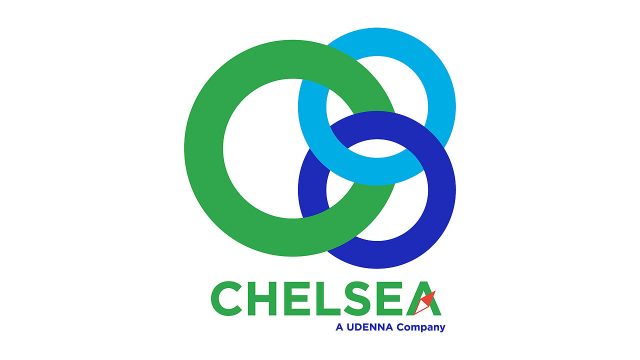

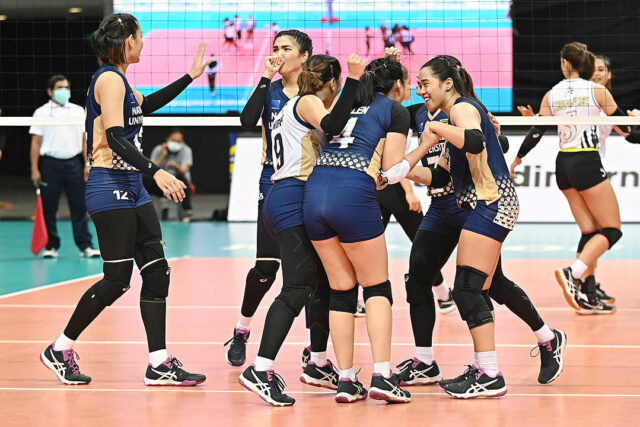
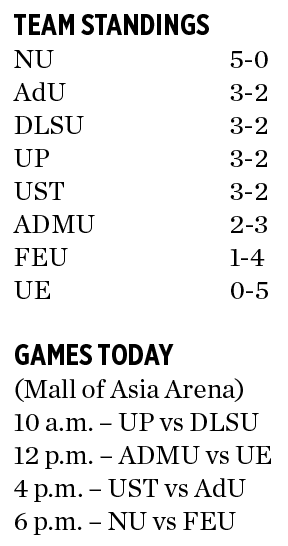





 SECURITY BANK Corp. recorded a higher net income in the
SECURITY BANK Corp. recorded a higher net income in the 
